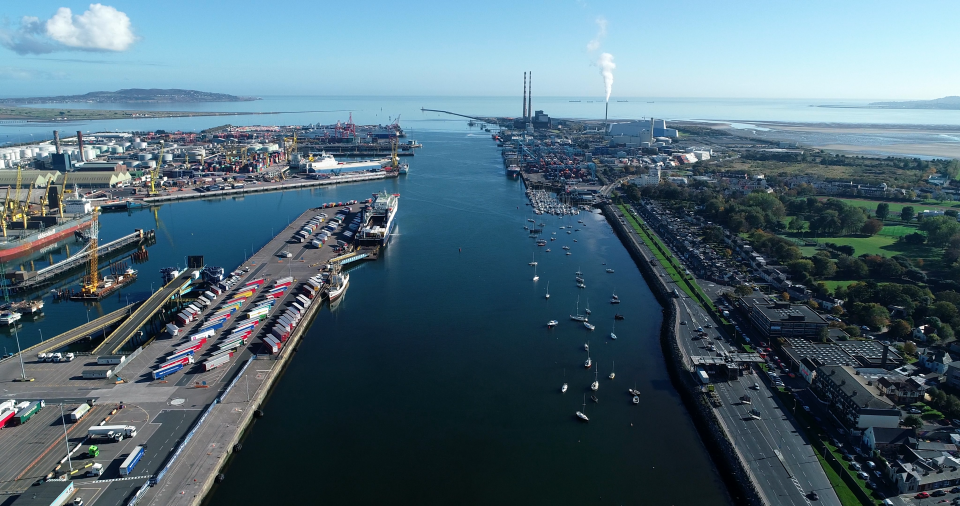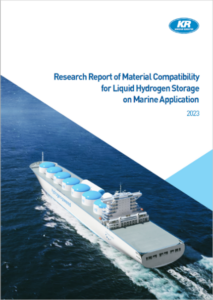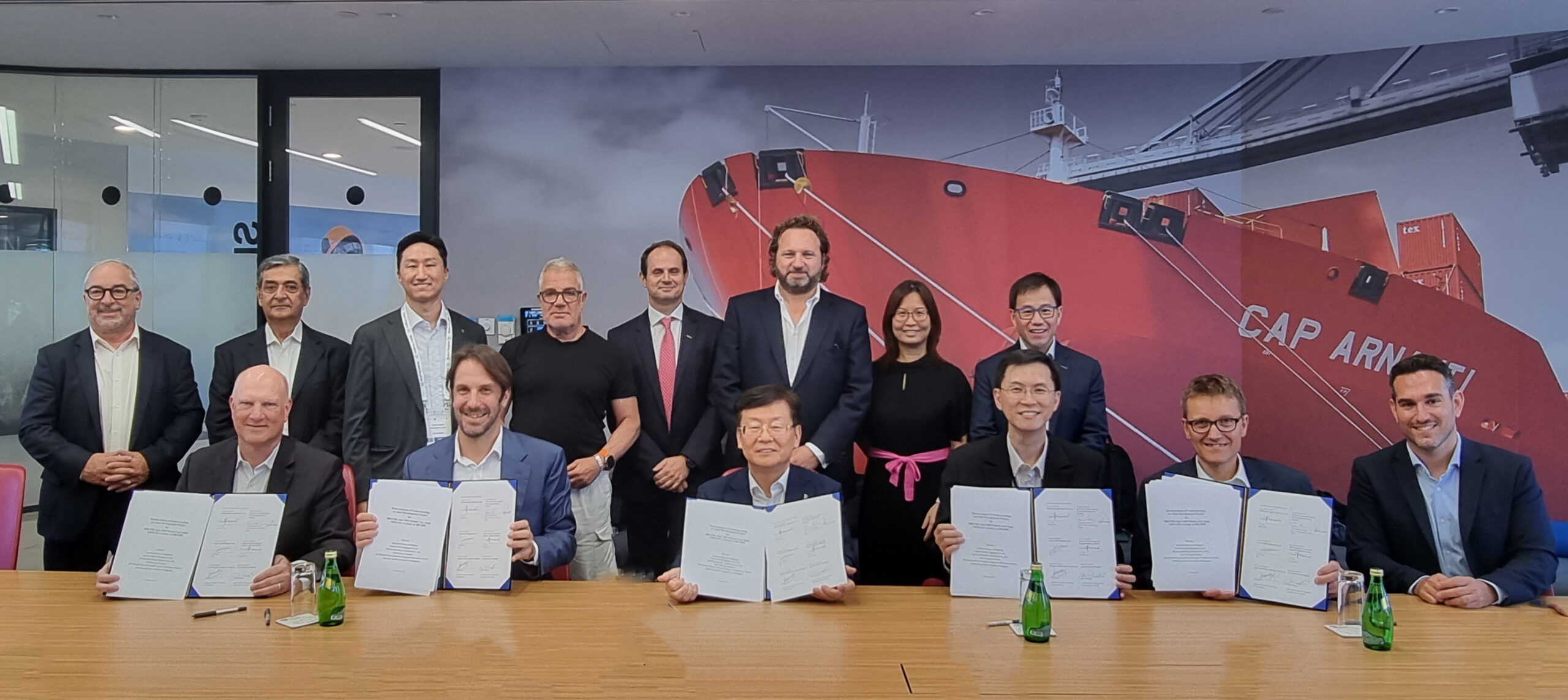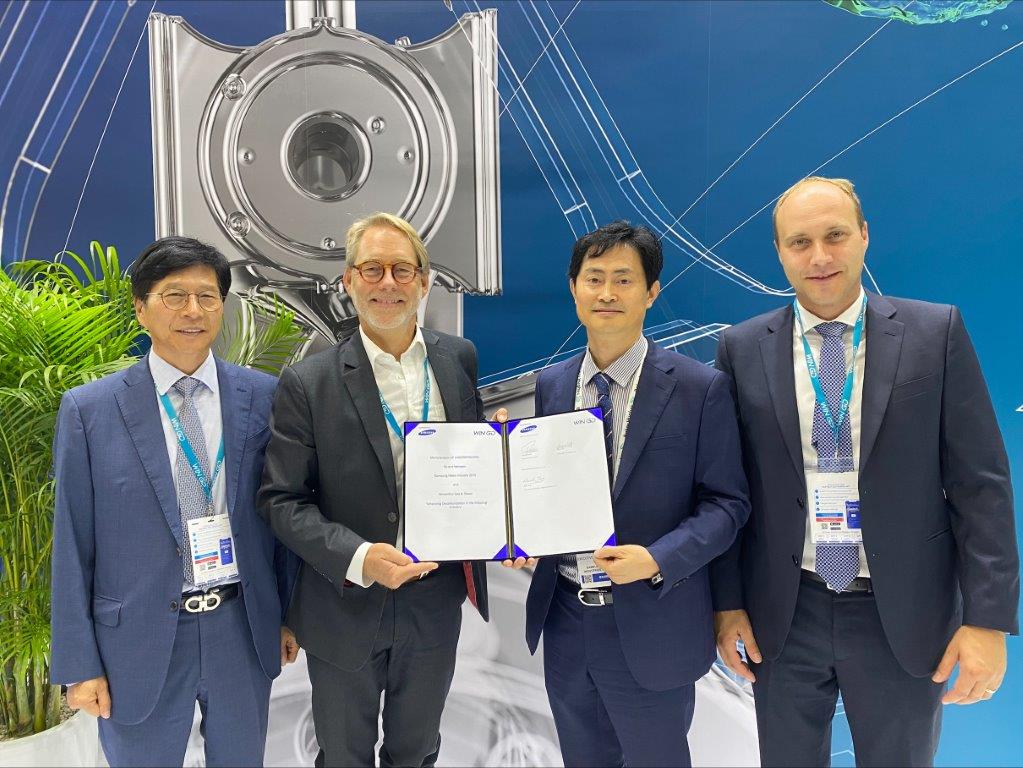Ireland’s burgeoning ro-ro and passenger traffic must look to green hydrogen if it is to meet long-term emission targets, says new research. But costs remain daunting.
A study from researchers at Maynooth University examined the emissions and cost impact of using four fuels – LNG, methanol, green ammonia and green hydrogen – on 20 vessels representing 50% of all port calls to Ireland in 2019. The study concluded that while LNG offers the best value investment considering combined costs to operators and the benefits of emission reductions, green hydrogen is by far the most attractive option capable of reaching IMO’s greenhouse gas emission reduction targets.
The 20 vessels are predominantly ro-ro and ro-pax vessels sailing routes between France and Britain and the island of Ireland. As such the study represents an interesting insight into alternative fuel use on short-haul routes with mid-sized vessels. The biggest, Ulysses, has capacity for 1,342 vehicles and 1,948 passengers.
“Green hydrogen remains the best option to meet future decarbonisation targets,” the authors noted, “although a further reduction in its current fuel price (by 60%) or a significant increment in the proposed carbon tax rate will be required to improve its cost competitiveness.”
The study highlights the disparity between the emission benefits that can be achieved at reasonable value to ship operators and society today and the cost of emissions reductions required to meet long term targets. Given a baseline carbon tax of €154.6 per tonne, the authors note that green hydrogen would require a 275% higher tax to offer better value than LNG, and a 50% higher tax in order to compete with fossil methanol.
Ireland and Northern Ireland were selected for the sample due to the island’s dependence on maritime trade, which accounts for 32% of all freight tonnage carried in 2019. It is also one of the countries most exposed to the harms of shipping emissions – ranked sixth by related premature deaths in a 2015 study – with more than 40% of the population living within 5km of the coast.
The study does not consider costs arising from the cargo implications of using alternative fuels, with storage for all alternatives having a significant impact on carrying capacity. The use of green methanol, another current clean fuel candidate with support from several shipowners, is also not considered.







































